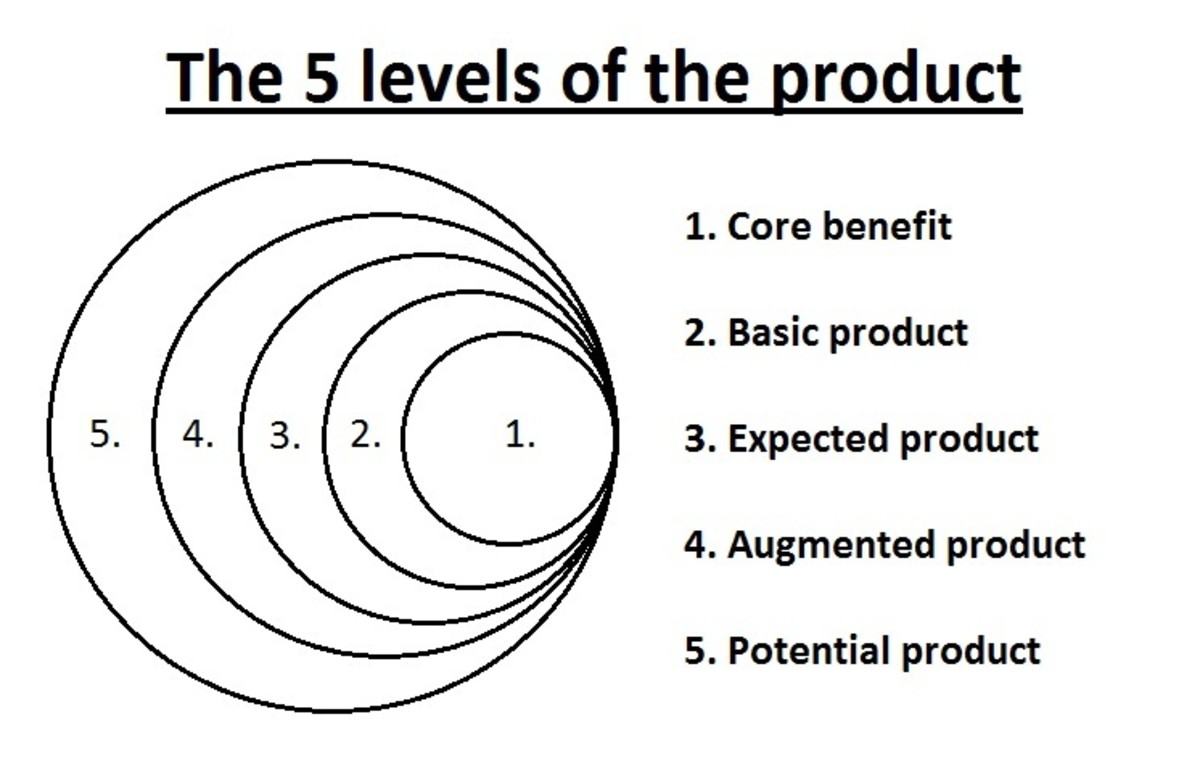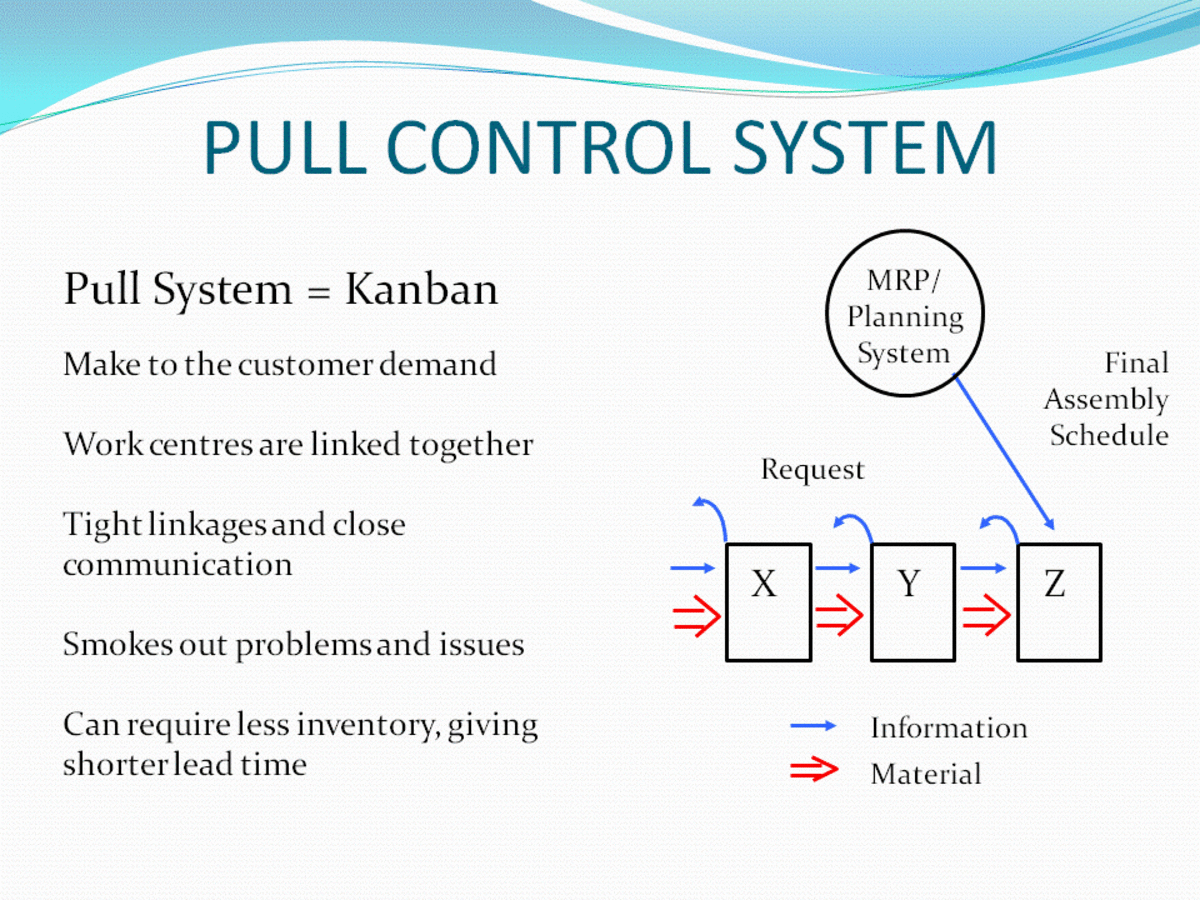COMPANY ORIENTATION TOWARD THE MARKET PLACE
What philosophy should guide a company marketing efforts? What relative weights should be given to the interests of the organization, the customers, and the society? Very often these interests conflict.
The competing concepts under which organizations have conducted marketing activities include:
1. Production concept
2. Selling concept
3. Marketing concept and
4. The Holistic marketing concept
1. The Production Concept
- Holds that consumers will prefer products that are widely available & inexpensive
- Managers therefore focus on achieving high production efficiency, low costs & mass production
- Managers assume that consumers are primarily interested in product availability & low price
- This orientation makes sense in situations where consumers are more interested in obtaining the basic product
- This holds that consumers will only favour those products that offer most quality, performance, or innovative features invested in the product
- Managers must concentrate in making superior products and improving them with time
- The assumption is that buyers admire well made products, and they can evaluate quality and performance
- But managers may be caught in love affair with a product, not the customer and therefore commit the “better mousetrap” fallacy. The belief is that” better mousetrap” in itself will lead customers to the product
- The product concept leads to “marketing myopia” (Levitt, 1960) i.e. focus on the product, not the consumer benefit the product delivers.
2. The Selling Concept
a. Holds that consumers & businesses if left alone will ordinarily not buy enough of the organization’s products
b. The starting-point is the factory, the focus are products, the means are selling & promotion and the ends are profits through sales volume
c. Therefore the organization must undertake aggressive selling and promotion effort
d. This concept assumes that consumers typically show buying apathy or resistance and must be cajoled into buying
e. Also assumed that the business has effective selling and promotional tools and power.
f. Marketing based on hard sell carries risk of consumers’ bad word of mouth and/or future rejection.
3. Marketing Concept
This concept, emerged in the 1950s, and challenged the earlier concepts
Shift from “make & sell” to “sense & respond”. This tasks for marketers is not only to find the customer, but also provide the right products for the customers. This concept holds that the key to achieving an organization’s goals consists of being more effective than competitors in creating, delivering and communicating superior customer value in a chosen customer segment.
All functions work together to respond to, serve and satisfy the customer
The starting point is the target customer; the focus is customer needs, the means being integrated marketing and the ends being profits through customer satisfaction.
T
he concepts rest on four (4) pillars:
Target market
Customer needs
Integrated marketing
Profitability through customer satisfaction
Reasons to Embrace Marketing Concept
a. Company assets have little value without the existence of customers, the key company task therefore is to attract and retain customers.
b. Customers are attracted through competitively superior offerings and retained through satisfaction.
c. Marketing department’s task therefore is to develop superior offering and deliver customer satisfaction.
d. Customer satisfaction is affected by the performance of other departments and the marketing department needs to influence these other departments to co-operate in delivering customer satisfaction.
Many different marketing activities are employed to communicate and deliver value and all these activities must be coordinated to maximize their joint efforts. Businesses must integrate their systems for demand management, resource management and network management. The 4Ps represent the sellers view of marketing tools available for influencing buyers. The seller’s 4Ps (product, price, place, promotion) correspond to the buyers 4Cs (customer solution, customer costs, convenience, communication.
Relationship Marketing:
Relationship Marketing aims at building mutually satisfying long term relationship with key parties such as customers, supplies, distributors etc. with the ultimate outcome being the building of marketing networks that consist of the company and its supporting stakeholders. Since competition today is between marketing networks, and not companies, the marketing thrust today therefore should be to build an effective network of relationships with key stakeholders and the profits will follow. Advances in technology enhances information flow and partnership.
Integrated Marketing:
Under integrated marketing, the marketers task is to devise marketing activities and assemble fully integrated marketing programme to create, communicate and deliver value to customers, hence the need to integrate all decisions on the value creating and enhancing marketing activities. These tools are described as the marketing mix elements or the 4Ps.
Internal Marketing:
Internal marketing is the practice whereeveryone in the organization embraces appropriate marketing orientation/culture. It requires the task of hiring, training and motivating able employees who want to serve customers well. Internal marketing involves at one level, the integration of marketing functions of sales and marketing and at another level, marketing orientation must be embraced by other functions to think the “customer”.
The Societal Marketing Concept:
This concept evolved from the need to factor in the environment/social factors such as resource shortage, explosive population, world hunger and poverty, environmental deterioration etc into the marketing concept. This marketing concept sidesteps the potential conflicts among consumer wants, consumer interest and long run societal welfare and calls upon marketers to build social and ethical considerations into marketing practices.
Firms must balance the criteria of company profits, consumer want satisfaction and public interest. Some firms see cause related marketing as an opportunity to enhance corporate reputation, raise brand awareness, increase customer loyalty, build sales and increase press coverage.
Social Marketing:
Social Marketing as a holistic form of marketing incorporates social responsibility marketing and understanding broader concerns and the ethical, environmental, legal and social contexts of marketing activities and programs. It involves a focus on the long run interests of consumers and the society.
This concept holds that the organization’s task is to determine the needs, wants and interests of target markets and to deliver the desired satisfaction more effectively and efficiently than competitors are, in a way that serves or enhances the consumer and the society’s well-being. This concept calls on marketers to build social and ethical considerations into their marketing practices.
Social marketing employs principles and techniques to advance a social cause, idea or behaviour. Whether social marketers are promoting ideas or social practices, their ultimate goal is to alter behaviour. In order to accomplish this behaviour change, social marketers set measurable objectives, research their target group’s needs, and then target their ‘products”.





